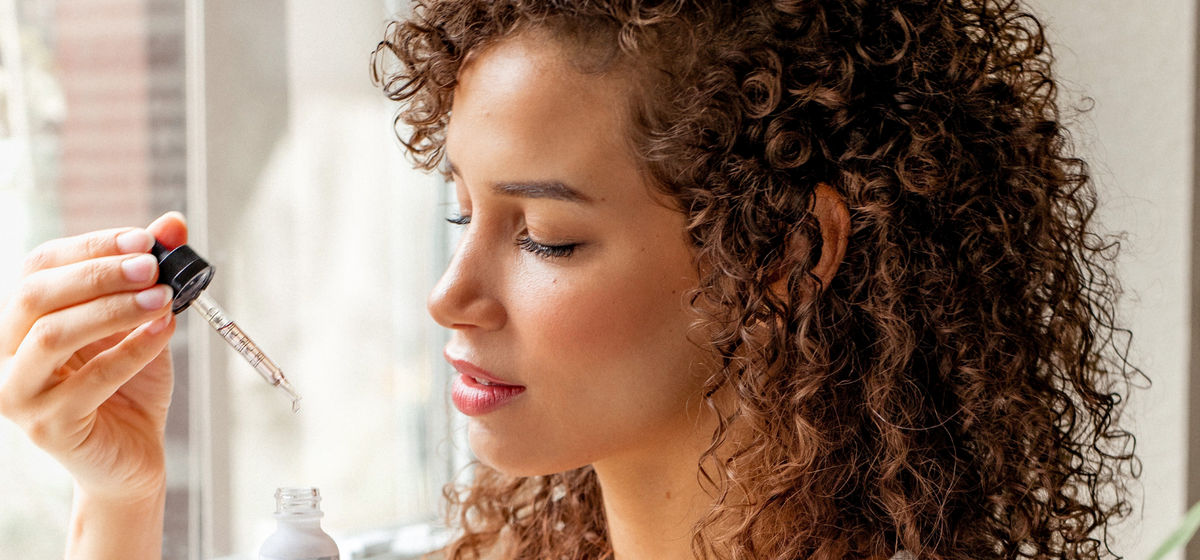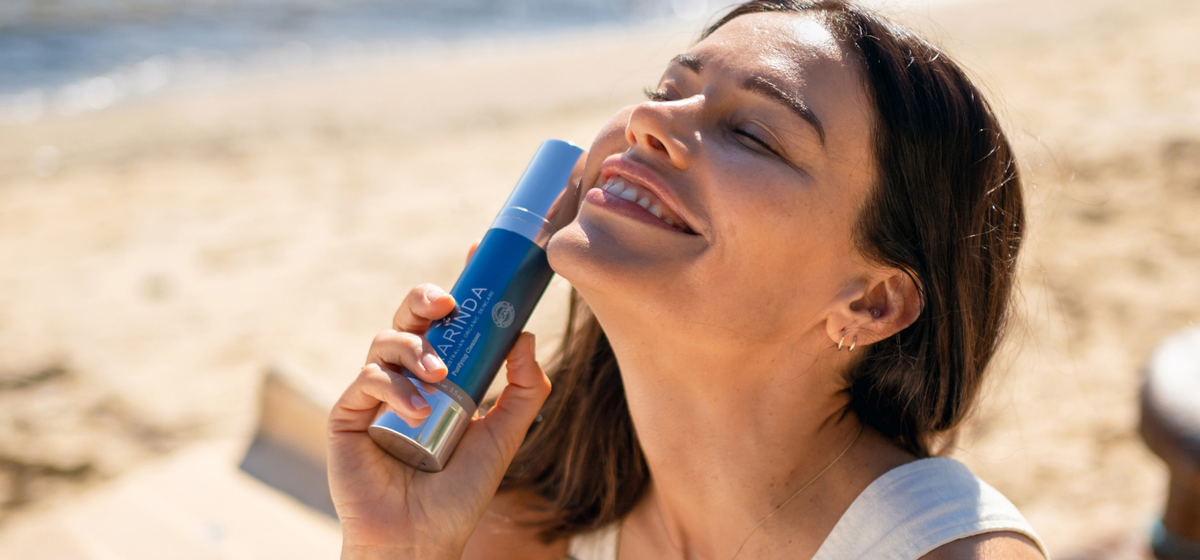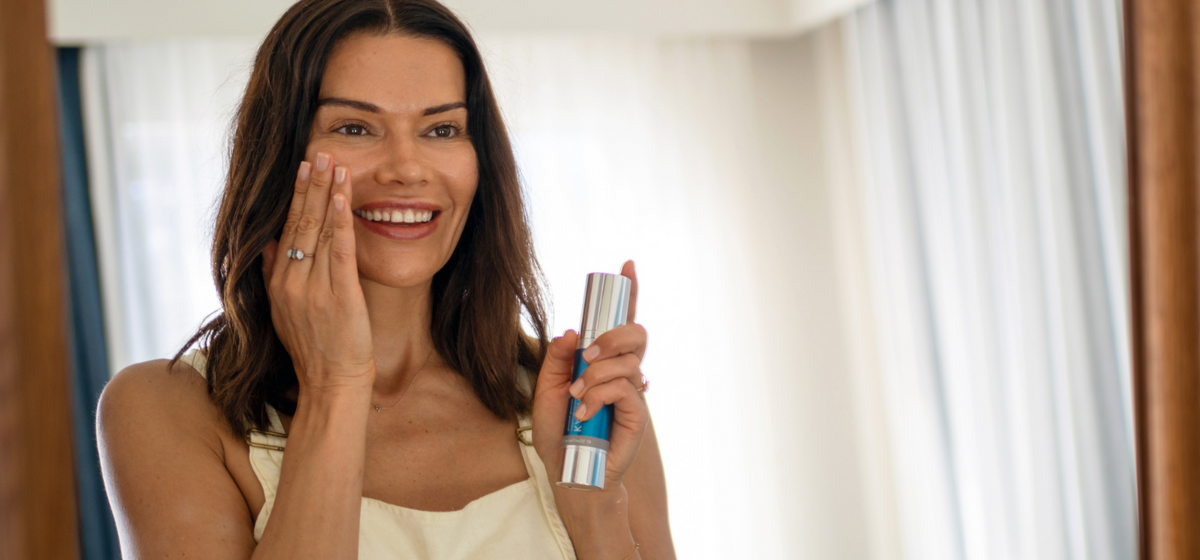Dealing With Dark Spots? How To Treat Hyperpigmentation

Hyperpigmentation, the darkening of patches of skin, can be triggered by a few culprits - sun exposure, skin trauma - think, breakouts or an insect bite - and hormonal changes.
Let’s take a look super common skin condition which can affect all skin types and the best natural extract ingredients to treat it.
What is hyperpigmentation?
Hyperpigmentation is the forming of areas of skin that is darker than your usual skin tone; there are different forms of hyperpigmentation, including age spots, sun spots, dark spots, post-inflammatory hyperpigmentation, and melasma.
It happens when the skin produces more of the pigment that gives skin its colour, melanin. This overproduction causes areas of skin to darken.
Hyperpigmentation can be brought on by a variety of factors including hormonal changes, too much sun exposure, and the general process of ageing.
Can I prevent hyperpigmentation?
There are definitely steps you can take to reduce your chances of experiencing certain types of hyperpigmentation related to sun damage. It’s simple - wear sunscreen, 365 days a year, no matter what. Even low levels of UV light exposure add up over the years, causing age and dark spots.
If you already have dark spots, being vigilant with sunscreen will prevent them from becoming darker.
It can also occur in the healing process where the skin has been damaged or post an acne breakout - as the first or second layer of the skin cells produces additional pigment during the healing process. You can reduce the chance of it forming by avoiding picking at scars or damaged the skin.
It’s difficult to prevent the kind of hyperpigmentation caused by hormonal changes - many women experience what’s called a ‘mask of pregnancy’ while they are expecting. The darkened areas generally appear as blotchy, irregular-shaped patches on the face related to the change of hormone levels - both estrogen and progesterone- during pregnancy.
The best skincare ingredients to treat hyperpigmentation
To treat the issue of hyperpigmentation, there are a few ingredients you’ll want to include in your skincare routine.
Look for products that contain the following lightening botanicals that interrupt the pigmentation process in different ways.
The following ingredients are skin brightening superstars:
Kakadu Plum (Australian botanical)
This Aussie superfruit has incredible brightening capability thanks to its potent levels of vitamin C; Kakadu plum has the higher than any other natural source in the world. Even higher than the blueberry!
Vitamin C inhibits the processes that produce melanin in the skin, and as a result, helps fade and smooth the look of hyperpigmentation. It also helps protect skin from harsh environmental aggressors, like pollution and UV damage.
The combination of our Purifying Cleanser and Rejuvenating Serum, which both boast Kakadu Plum as a hero ingredient, is an effective lightening, brightening combination to target hyperpigmentation.
Finger Lime Caviar (Australian botanical)
Another Australian skincare gem that contains naturally powerful exfoliating properties which encourage cellular turnover, polishing away old skin cells and revealing a brighter, more even-toned appearance.
Mulberry Extract
Used for centuries in Chinese Medicine, this extract is a natural but powerful brightening agent derived from the mulberry plant.
Mulberry extract appears to inhibit tyrosinase, which is the enzyme that controls the production of melanin, diminishing and smoothing the look of hyperpigmentation.
Licorice Extract
Licorice extract has 3 key components that target hyperpigmentation - glycyrrhizin, liquirtin, and glabridin.
Glabridin has been found to protect skin from darkening, while liquirtin can lighten melanin in existing pigmentation and promotes skin renewal. Licorice extract won’t irritate the skin making it a gentle way to tackle hyperpigmentation.
The final word on treating hyperpigmentation
You’ll need to have patience as results for fading pigmentation don’t happen overnight. Depending on your age, your skin turns over about every 28 days.
It may take a few rounds of this cellular turnover to achieve the best results and you should still commit to a long term skincare action plan to treat hyperpigmentation.
Leave a comment
Comments will be approved before showing up.
Also in News

3 Big Skincare Mistakes You Don't Want To Make

Active Ingredient Percentages: What You Need to Know


